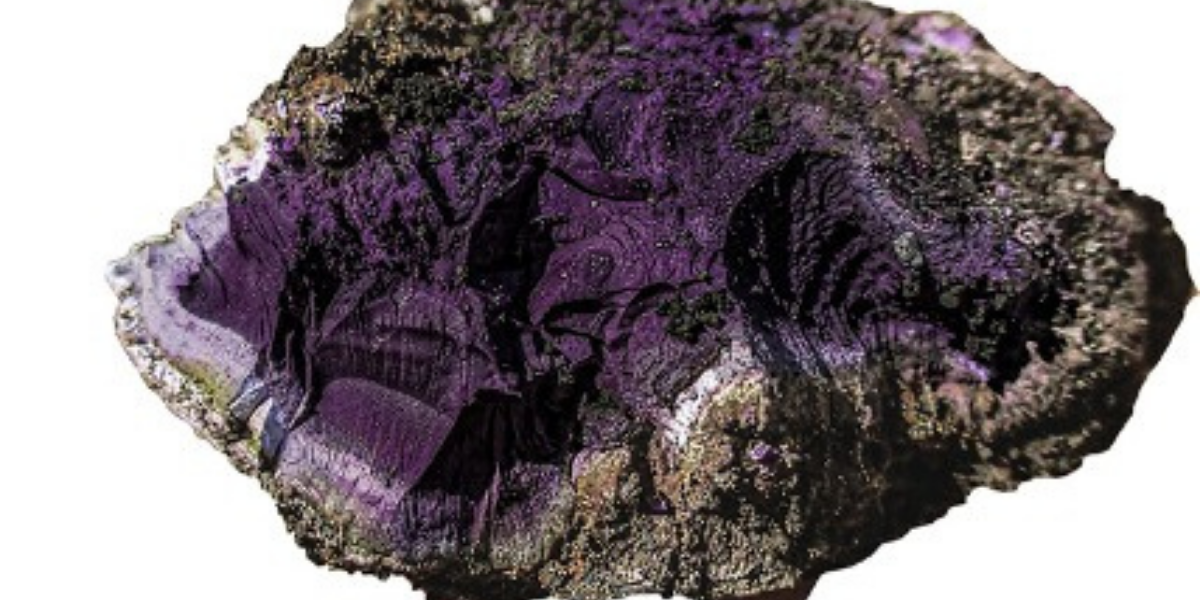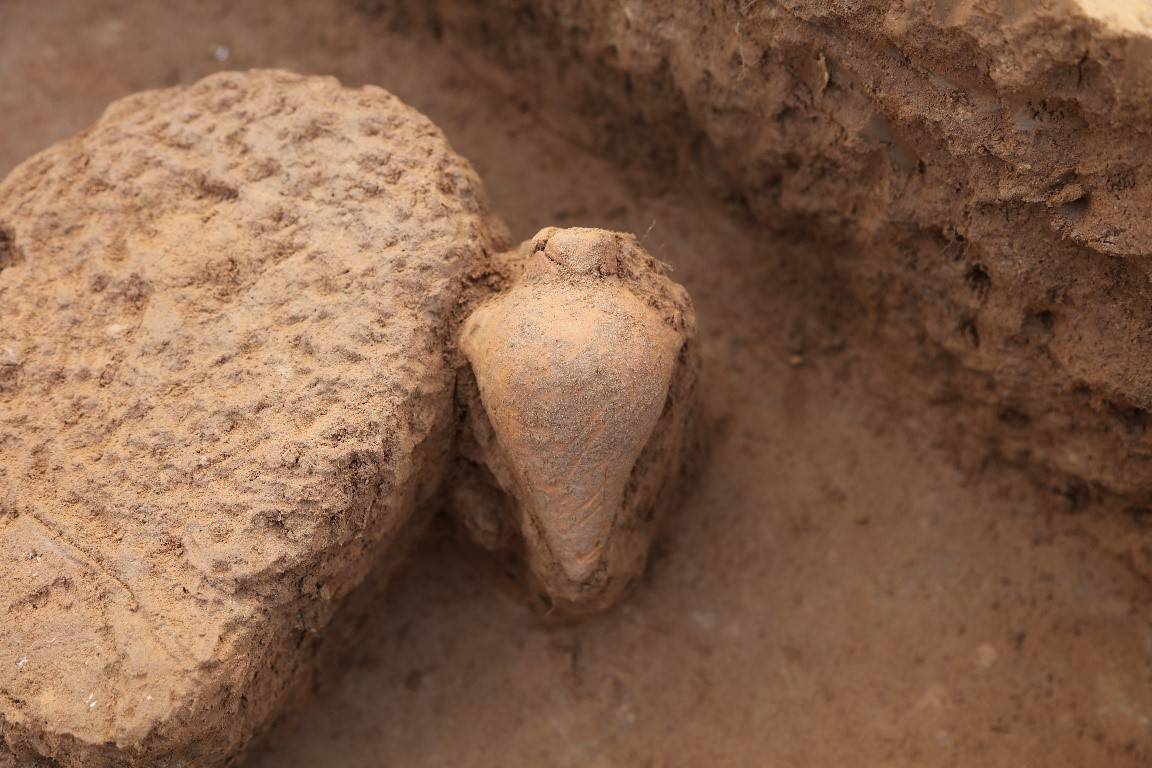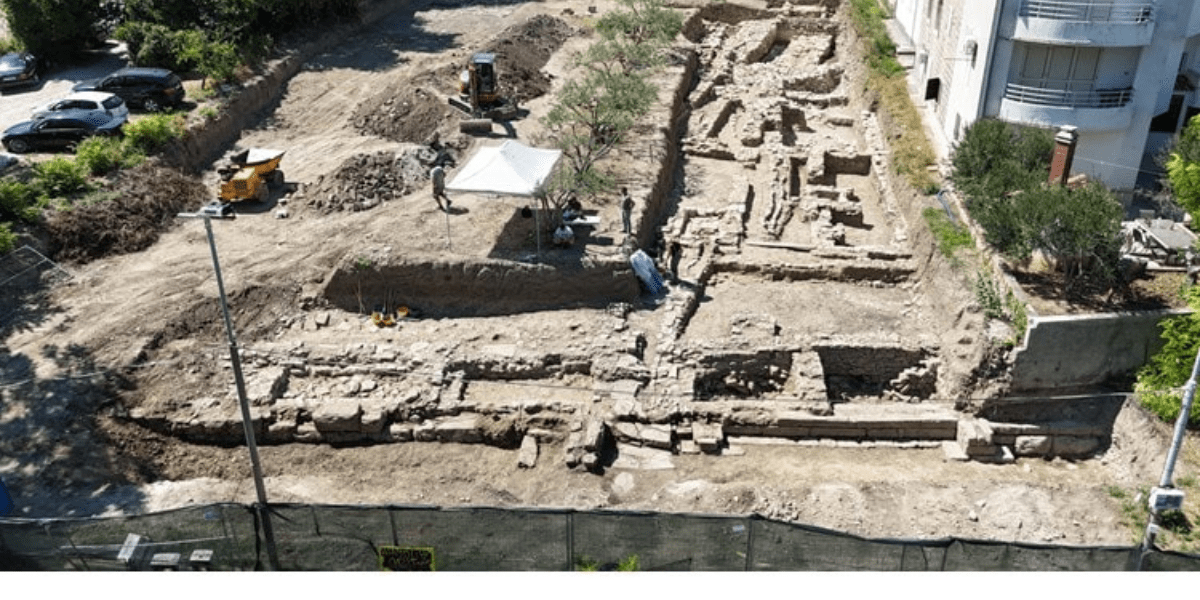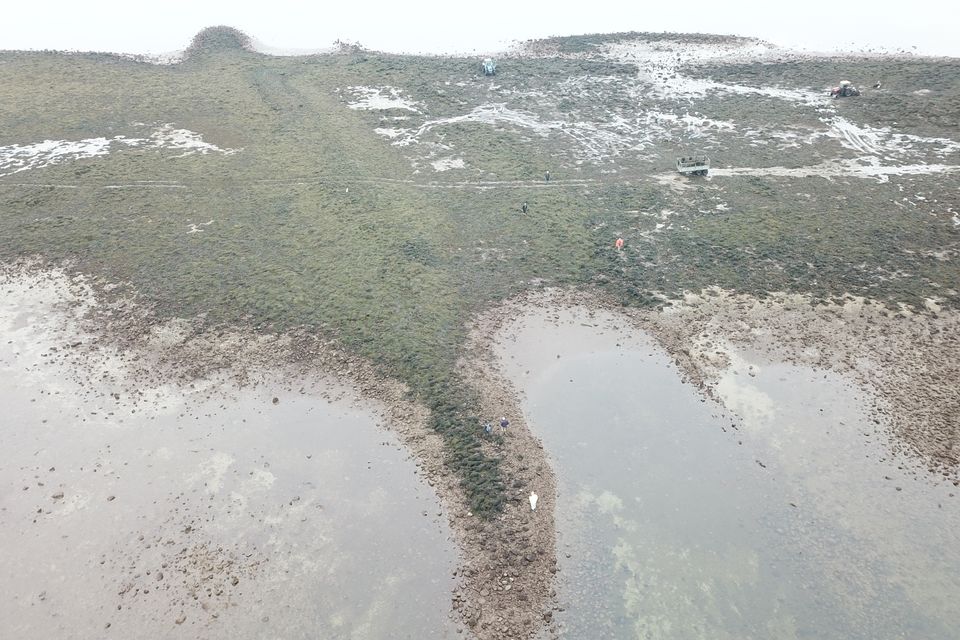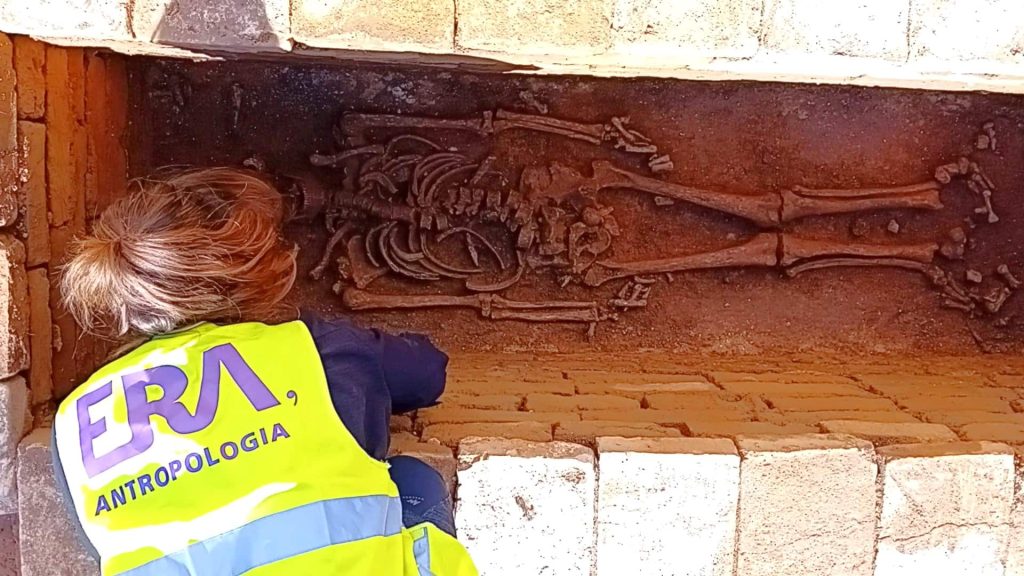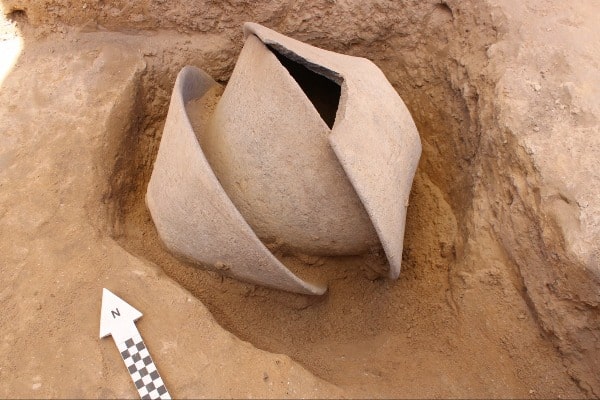In 2023, archaeologists discovered a rare lump of Tyrian Purple during excavations at a Roman Bath on the grounds of Carlisle Cricket Club.
During the excavations carried out by the archaeologists and volunteers of the Roman Carlisle Reveal Project, the sewage system of a monumental building with baths built in the 3rd century during the reign of Emperor Septimius Severus was uncovered.
The purple pigment recovered inside the baths has been tested with the support of the British Geological Society and further analysis is underway with Newcastle University.
According to experts at Newcastle University, the pigment is organic and contains amounts of beeswax and bromine, which suggests it is Tyrian Purple, the color connected to the Roman Empire’s Imperial Court.
Frank Giecco, Technical Director at Wardell Armstrong, said: “For millennia, Tyrian Purple was the world’s most expensive and sought after colour. It’s presence in Carlisle combined with other evidence from the excavation all strengthens the hypothesis that the building was in some way associated with the Imperial Court of the Emperor Septimius Severus which was located in York and possibly relates to an Imperial visit to Carlisle.
“It’s the only example we know of in Northern Europe – possibly the only example of a solid sample of the pigment in the form of unused paint pigment anywhere in the Roman Empire. Examples have been found of it in wall paintings (like in Pompeii) and some high status painted coffins from the Roman province of Egypt.”
Tyrian Purple is made from thousands of crushed seashells from the Eastern Mediterranean, North Africa, or Morrocco. It was phenomenally difficult to make and expensive and was worth more than gold pound for pound (three times as much in some sources).

Tyrian purple is a reddish-purple natural dye. It was one of the most expensive dyes in antiquity, and was highly prized for its rich color and its permanence. Tyrian purple was produced from the mucus of several species of murex snails, which are found in the Mediterranean Sea. The process of extracting the dye was laborious and time-consuming, and it required thousands of snails to produce a single gram of dye. This made Tyrian purple a highly sought-after commodity, and it was often used to dye the robes of royalty and other dignitaries.
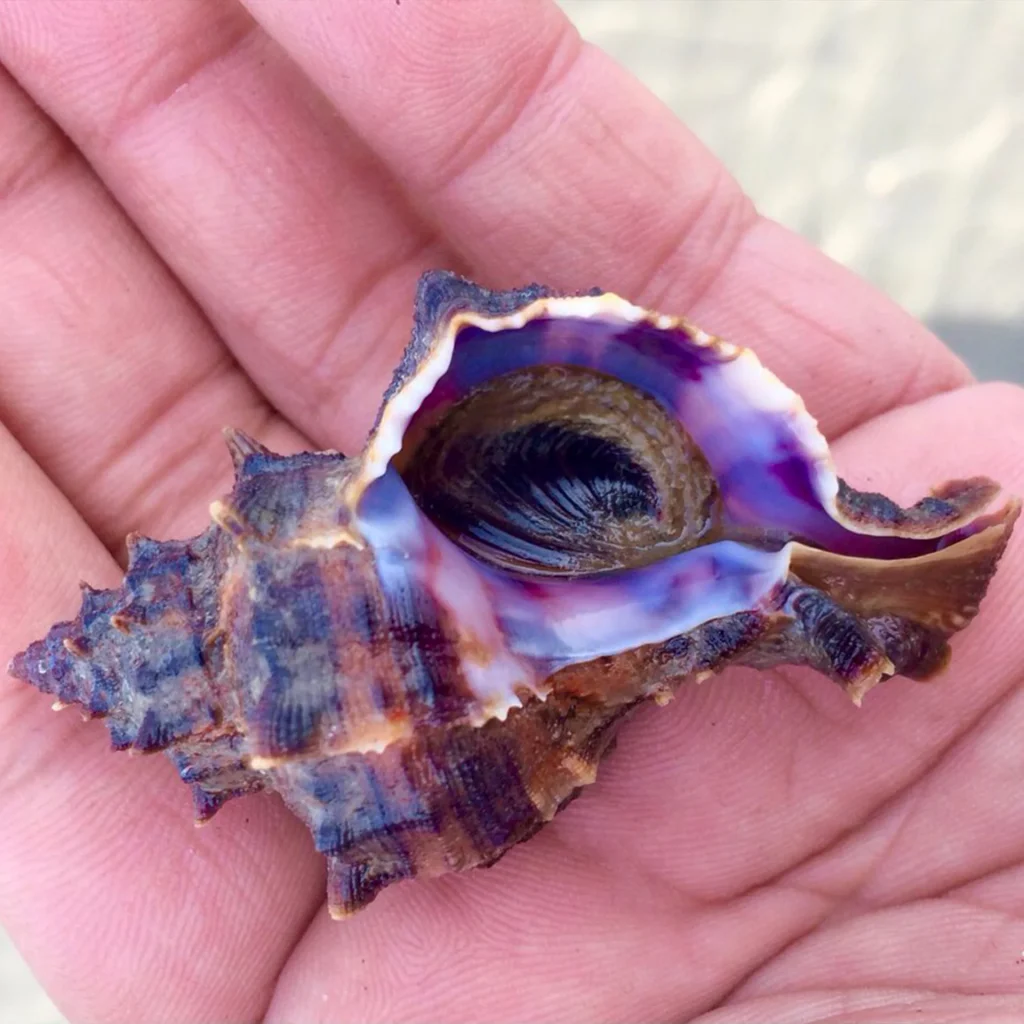
Tyrian purple was first produced by the Phoenicians in the 12th century BC. It was later adopted by the Greeks, Romans and Byzantines. It was a symbol of royalty, power and wealth. It was often worn by kings, emperors and other high-ranking officials.

